Tractor Agriculture is focusing on a topic called How to Fill Tractor Tires with Water and Calcium Chloride. This question came in one of the exams I had applied after completing my bachelor’s degree. While writing, I am feeling happy alongside reviving some of my childish memories.
Now the Question arises, why do we need to add water or calcium chloride to tyres?
The answer is that we need to add weight to the tyres to avoid tire slippage. There are different ways to add weights to the tyres i.e. foam, fluid or cast iron weight can also be used.
Today, we will explain how to fill tractor tyres with water and calcium chloride which ultimately helps in increasing tire life.
Sometimes we have to fill water or liquid inside the tires and there are some ways which have to be followed to accomplish this process. The Tractor Tires go through regular wear and tear with regular usage.
How to Fill Tractor Tires (Download pdf )
How to Fill Tractor Tires with Water and Sodium Chloride from Tractor Agriculture
For filling tire with water or calcium chloride, follow the below listed steps.

Finally, remove the tyre.
The same steps should be followed for filling the water in second tyre. To fill tractor tires with water, the water has to be put in tire tube with the help of a pump or by gravity.
Another important condition that has to be met when you are about to fill tractor tires with water is that the water inside the tube should fill only 75% of the space and the rest of the space should be filled with air. This condition is necessary during the filling process.
The air inside the tube is important as it facilitates cushioning effect and absorbs any shock.
How to Empty the Tube after filling tractor tires
After you have been able to fill tractor tires with water, you need to empty the tube.
To empty the tube, you should turn the tyre in such a way that valve is at the bottom. Remove the valve and automatically water will start coming out. The complete draining process of tube will only be possible if tube is removed from the tyre.
There are some precautions that you need to follow: The tires with water in them should be checked more frequently as compared to air filled tires. Also, the pressure should only be checked when the valve is in top position.
In countries that have freezing point temperatures, the water cannot be put in tyres easily. The reason is water gets frozen inside the tyre due to very low temperatures.
The alternative to water in cold countries is calcium chloride solution. The advantages of using calcium chloride are listed below:
Some precautions have to be taken while using calcium chloride solution. These are:
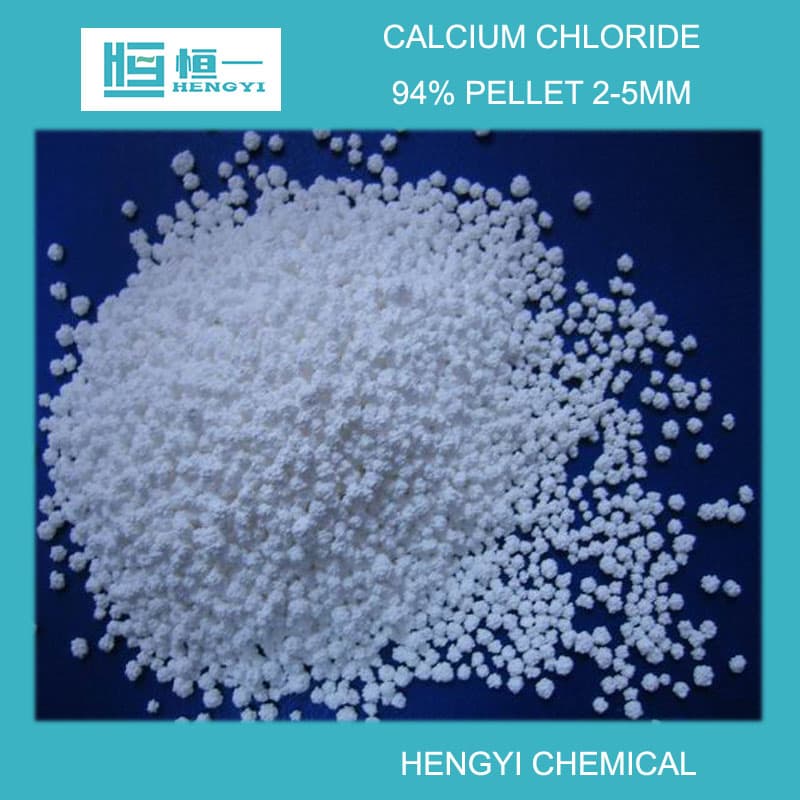
If a Nacl2 solution is not available, then common salt can be used as an alternative. The above stated precautions should be followed with common salt too. Do share this information with your friends and spread the required information.
I found out how to get the tractor with a flat, fluid-filled tire out of the garage… Yesterday afternoon, I got a call at work from the guy I had contacted to solve my tire problem.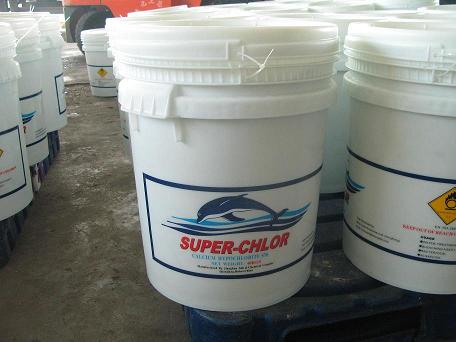 He asked me if I still needed the repair done.
He asked me if I still needed the repair done.
After assuring him I did, and that I was anxiously awaiting his opportunity to show up, he told me he was standing outside my garage, wondering how to get in.
From my workplace, an hour away, I was able to direct him to the button for the garage door opener. I then contacted Cyndie, who was busy on another phone call inside our house. She later told me that Delilah was barking incessantly at the strange truck in the driveway, but Cyndie needed to finish her call.
She was eventually able to get out there and move the ATV out of the way, so the guy could work on the tractor. He didn’t want to make a big mess in the garage, so, he opted to make just a little mess and simply drove the tractor on that flat tire to get it outside.
Why didn’t I think of that?
Oh, probably because I know next to nothing about large tractor tires.
I wish I had been there to watch him work, so I could learn more about what’s involved. Even though I left work as soon as possible after finding out he was ready to do the fix, by the time I pulled up the driveway, he had already finished all the work, parked the tractor back in the garage, closed the door, and was in his truck writing up the invoice.
Even though I left work as soon as possible after finding out he was ready to do the fix, by the time I pulled up the driveway, he had already finished all the work, parked the tractor back in the garage, closed the door, and was in his truck writing up the invoice.
If the timing is right, I may have another chance to witness the process. He didn’t have enough of the non-corrosive fluid to change out the caustic calcium chloride in the other rear tire, so he will need to return later this week, if circumstance allows. He told me it depends on whether the local farmers get back into their fields to finish combining the corn that is still standing.
Tractors that develop tire problems during harvest get the highest priority attention, and automatically move jobs like mine down the list to be dealt with later.
If I get lucky, maybe he will show up on Friday, when I’m at home. I’d like to see how he breaks the seal, pulls out the old tube, and then gets the new one in and filled with both fluid and a little air.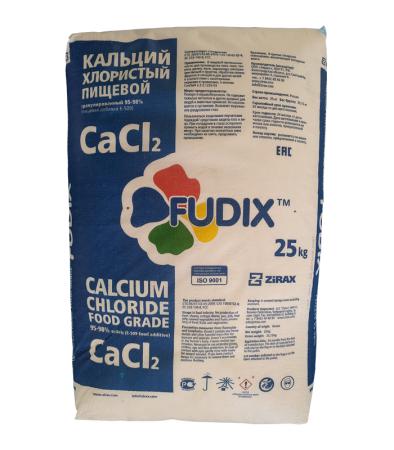
This is a long way from changing a flat on a bicycle, that’s for sure.
.
.
Posted in Chronicle
Tagged with calcium chloride, compact utility tractor, diesel tractor, fixing tractor tires, flat tires, fluid-filled tires, liquid ballast, New Holland 3415, tire repair, tractors
I had been told about just this type of disaster, but filed it away as something that happens to other people, not me. Saturday, I joined the dubious club of tractor owners who’ve experienced a catastrophic failure of the valve stem on a large rear tractor tire filled with corrosive calcium chloride.
It actually started calmly enough. I stepped in the garage to do some organizing and discovered a small puddle under the deforming sidewall of the tire. Now, this was an issue I’d been hoping to address before it reached this point, so I did have a plan.
First, I wanted to remove the weights bolted to each rear tire. Next, I hoped to jack it up enough to take pressure off the tire and rotate it so the valve was at the 12 o’clock position. Then I would try adding air.
Then I would try adding air.
The only other time I had tried to add air, the pressure of fluid was greater than the compressed air I was trying to add, and escaping fluid corroded the air chuck fitting something awful.
Worried that the tire needed air, I asked around for advice. I was repeatedly told it looked fine, so I kept pushing the issue for some future day.
Well, that day arrived and I needed to take action on the plan I had contemplated. I grabbed a big wrench and a hammer and started turning those bolts on the weights. It didn’t take long to realize they were just spinning because there was a nut on the other side that needed to be held.
That required getting Cyndie for help, because I couldn’t reach both at the same time.
Then, calamity.
As I reached behind the wheel to put a wrench on the nut, the valve stem let loose from the rusting hub and the gallons of calcium chloride began spraying out all over everything. At first, there was no putting a bucket under it, because it was shooting everywhere.
All my brain could come up with was profanity. I paced around in a total useless panic because I had no idea what to do while that yucky fluid was quickly making a mess of everything.
Eventually, I noticed the spray had turned to a flow and it might be possible to catch it in a bucket. Then it struck me. I could put my finger over the hole and stop the leak while we figured out a plan.
We tried, and failed a few times to plug the corroded hole. A foam ear plug worked for a while, but for some reason it got sucked inside. I had already jacked it up a little to keep the weight from pushing fluid out, which made sounds of pulling air in, but that didn’t stop the flow.
For some reason, there was a pulse to the continued escape of fluid.
In the end, we used a tampon to slow the leak to a manageable drip, while I lifted it as far as my inadequate equipment allowed to put blocks under the axle. I’ve removed all the components of the 3-point hitch, and detached the loader bucket from the arms in preparation of whatever happens next.
That will be determined in a call this morning to the service department of the local implement dealer.
.
.
Posted in Chronicle
Tagged with ballast, broken valve stem, calcium chloride, don't panic, forced repair, problems, solving problems, tractor, tractor tires, wrenching
Ice has always been a common problem in large cities. The occurrence of ice on roads or sidewalks can not only cause injury to bystanders, but also lead to a serious accident on the road. Suffer from black ice and private homeowners. If snow can be dealt with using snow blowers, then de-icing agent can be used to deal with ice. Utilities have long adopted these tools, but in the private sector, many homeowners still remain distrustful of reagents.
In this article we will try to figure out how to choose the right anti-icing agents.
According to the principle of operation, all reagents can be divided into chemical and abrasive.
- Abrasives - the most common representative of this group is sand, which is actively used by municipal services on city streets. This reagent is aimed at improving the adhesion of the sole to the surface, but it does not help get rid of the ice. The main advantage of this type of reagents is environmental friendliness and ease of use.
- Chemicals - substances that react with the environment, starting to melt under the influence of air and water. When melting chemical mixtures, heat is released, from which ice begins to melt. At the same time, the ice itself only turns into a liquid state, leaving a watery mass on the roads. Chemicals dissolved in water prevent the subsequent formation of an ice crust.
- Combined reagents - mixtures that include both chemicals and abrasive elements. The use of such reagents has become widespread in recent years due to increased attention to environmental problems.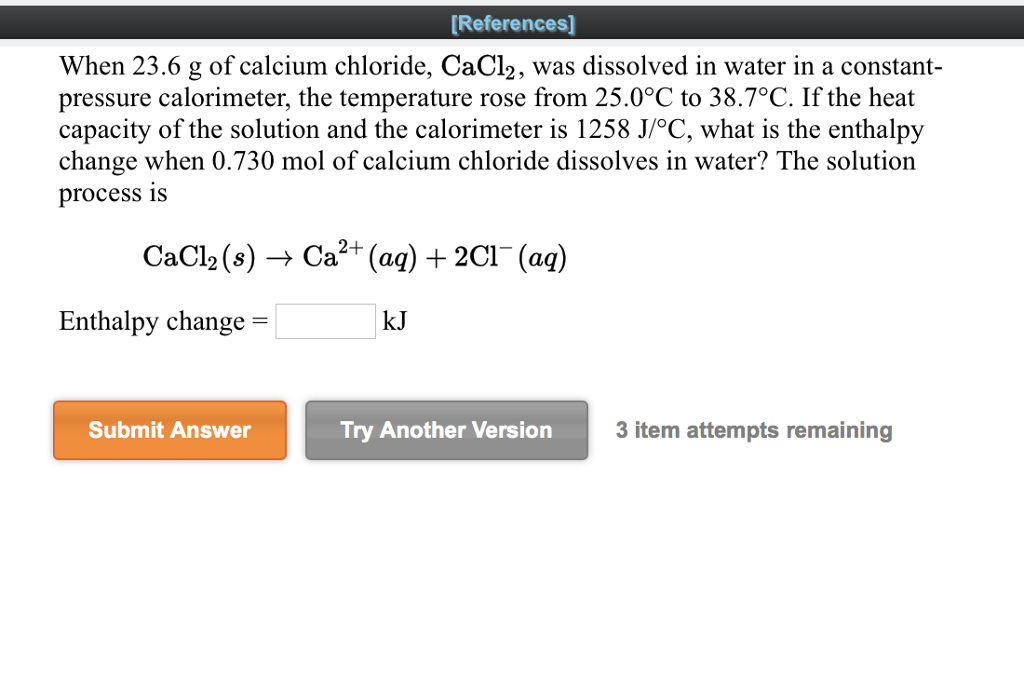
"The massive use of chemicals in high concentrations causes serious damage to car frames, shoes and animal health."
Recently, a huge number of products for the fight against ice have appeared on the market. All mixtures and preparations have their pros and cons. Most manufacturers indicate that it is their preparations that will perfectly cope with any ice, but, unfortunately, there are no universal reagents. The choice of means to combat the ice crust is influenced by the temperature regime, the nature of the coating and environmental requirements. At temperatures up to minus ten degrees, any agent will cope with ice, for lower temperatures, the choice of the drug should be approached more carefully.
| Pescosol from Rockmelt, the company is considered one of the most famous reagents in the production market |
Salt ( 9000 NACL) -
The most common chemical reagent.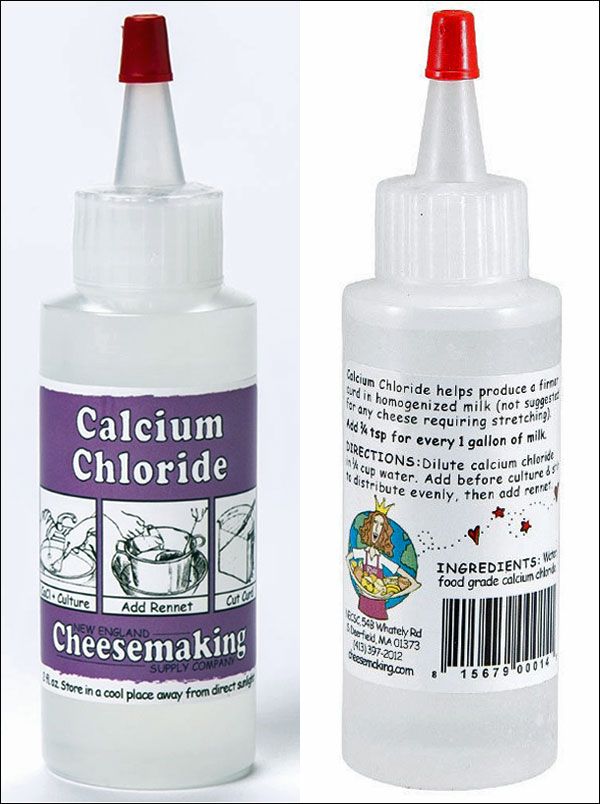 The main advantages of salt are that it is cheap and readily available. At the same time, the effectiveness of salt is greatly overestimated. At low temperatures (below -7 degrees), the effect of salt on ice is significantly reduced. Also, the use of sodium chloride has a number of disadvantages from the point of view of ecology. Together with water, salt goes into the soil, damaging the environment. When used by utilities, salt damages shoes and causes corrosion on cars. Most often, city services use technical salt - halite. For a small area in a summer cottage, you can also use table salt, as it is safer for pets and plants.
The main advantages of salt are that it is cheap and readily available. At the same time, the effectiveness of salt is greatly overestimated. At low temperatures (below -7 degrees), the effect of salt on ice is significantly reduced. Also, the use of sodium chloride has a number of disadvantages from the point of view of ecology. Together with water, salt goes into the soil, damaging the environment. When used by utilities, salt damages shoes and causes corrosion on cars. Most often, city services use technical salt - halite. For a small area in a summer cottage, you can also use table salt, as it is safer for pets and plants. Sand-salt mixture (sand salt) - the second most common ice-breaking agent. The mixture most often consists of sand and salt in a proportion of 30% - salt, 70% - sand. For the manufacture of sand salt, river, sea and quarry sand can be used. In this combination, sand acts as an abrasive material, salt plays the role of a chemical compound that melts the ice.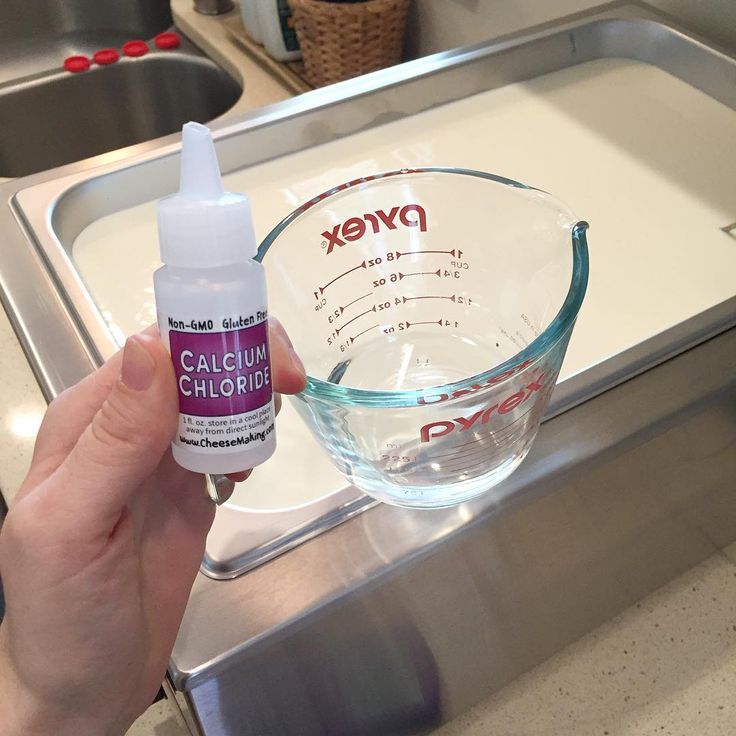
| Bischofite is similar in appearance to halite |
"The quarry sand may contain clay inclusions, which can cause melted ice to turn into mud."
Bischofite - mineral containing magnesium chloride (MgCl2 6h3O). In terms of its effect on ice, it is similar to technical salt, while being less harmful to the environment. In terms of corrosiveness and density, bischofite fully complies with the standards required for the use of anti-icing agent on roads according to industry road regulations (ODN).
| Compared to the salt of calcium chloride produces a faster effect |
Calcium chloride ( CACL2) - Substances may melt ice at low temperatures (up to –32 degrees) has low corrosivity. It is safer for the soil than sodium chloride, but at the same time, the reagent can cause burns when it comes into contact with the skin, therefore, if there are children or pets in the house, mixtures with calcium chloride should be used with great care.
Crushed Stone - fine abrasive (2-5 mm) that increases grip and partially breaks the ice surface, although it does not create a melting effect. The varieties of stone chips include marble and granite chips. From an environmental point of view, these abrasive products are safe for people and animals. In the spring, when the snow melts, the granite chips must be removed, the marble chips do not need to be removed, because they will decompose in the soil.
| The main disadvantage of granite chips, when the snow melts, you will have to remove small pebbles yourself |
"Granite crumb can be used for the next year."
Sand - One of the traction abrasives, sand is the most popular on city streets. For a summer cottage, it is recommended to use sea or river sand.
Not all reagents are equally well suited for different places in a summer cottage.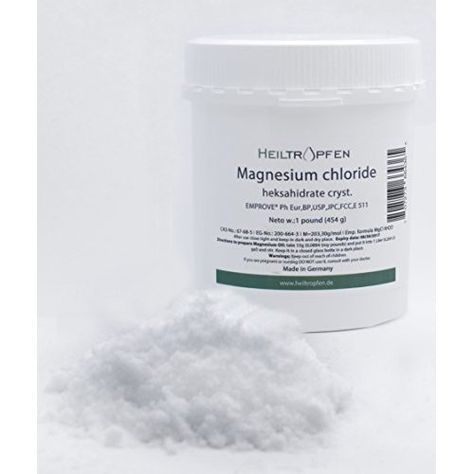 If, during the mass processing of city streets, a poor arsenal of several means is most often at the disposal of public utilities, then the private owner of a suburban area has the opportunity to choose the optimal means for certain places.
If, during the mass processing of city streets, a poor arsenal of several means is most often at the disposal of public utilities, then the private owner of a suburban area has the opportunity to choose the optimal means for certain places.
Tracks - places that need to be cleared of ice first. If the track has not yet been covered with a layer of ice, then you should take care of prevention. To do this, you can use the means of a small fraction. If the moment is missed and the track is covered with a thick layer of ice, then it is best to use a regent containing large granules. Small particles will quickly turn into water that will be difficult to remove, in the worst case, the liquid can go into the soil, harming the garden ecosystem.
Mixtures with a large fraction of particles will not melt the ice completely, they will only riddle its structure with holes, after which the ice crust can be easily removed with a shovel.
"At temperatures below thirty degrees, the effectiveness of the drugs will decrease, so it is better to use abrasive products (marble or granite chips). "
"
Porch and terrace - "Aggressive" de-icing agents are not recommended in these areas, as fragile floor coverings can be destroyed by sodium reagents. The best option would be mixtures based on bischofite.
Icing on doors and gates - in these places, as in the case of paths, it makes no sense to use fine mixtures. To loosen the ice crust, technical salt-based products are suitable. If the temperature is below seven degrees, then you can use a small amount of calcium chloride. When the structure of the ice is weakened, it can be easily removed with a shovel or scraper.
Hot tubs, saunas, ponds - winter bathing areas are best not treated with mixtures containing abrasive loose materials, as they can easily injure you. In this case, it is best to use salt-based products.
When using various bulk anti-icing agents, it is very important to evenly distribute the granules over the treated area.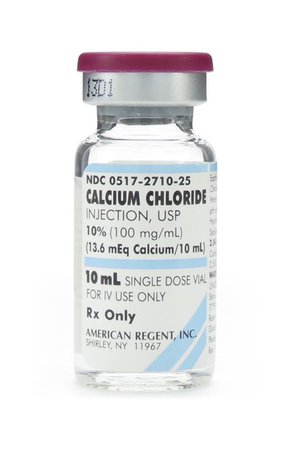 The dosage is influenced by the temperature regime and the thickness of the ice. It is believed that at temperatures up to ten degrees, the optimal dosage of chemicals is 20 grams per square meter. The maximum amount of the substance is 70 grams.
The dosage is influenced by the temperature regime and the thickness of the ice. It is believed that at temperatures up to ten degrees, the optimal dosage of chemicals is 20 grams per square meter. The maximum amount of the substance is 70 grams.
"Reagent granules must be of the same size, otherwise it is difficult to achieve uniform distribution. Most large reagent manufacturers usually carefully monitor this parameter."
It is important to understand that the substances for preventing the formation of ice should be less than there should be less than there should be less than there are less than for melting. For example, Rockmelt MAG based on magnesium chloride to prevent the formation of ice should be distributed in a proportion of 70 g / m2 at a temperature of -15 to -20 degrees, and 150 g / m2 will be required to remove ice.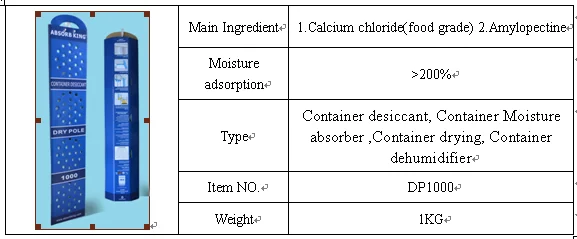
Dispensing abrasives is easier as dosage is not as important, remembering that when the ice melts the area will need cleaning.
| The Gardena line is represented by models with different widths and with a different volume of |
Acle -and their eyes are not very correct and their dose of granls and them uniformity will inevitably be violated. For these purposes, there are special tools - spreaders, which, in combination, in the summer, can distribute seeds and fertilizers over the site. Depending on the area of processing, all spreaders are divided into types.
- The manual spreader is usually in the form of a small container with a handle, in which the granules are distributed by means of a rotating impeller. The simplest devices are equipped with a handle - for the spreader to work, it must be rotated. In battery models, rotation is carried out after pressing the button.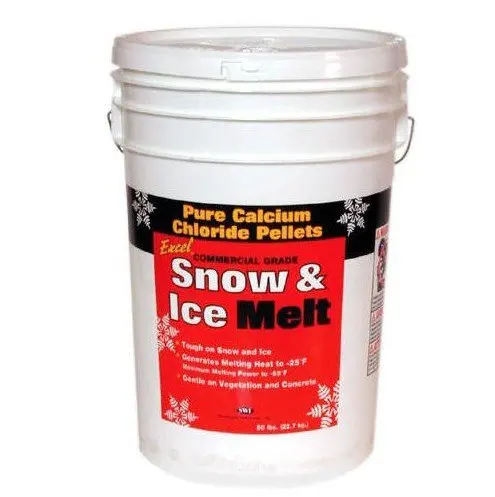
| Dosing trolley used as tractor trailer |
- Spreader on wheels - has a large hopper for seeds, chemicals or fertilizer. Some models can cover up to 800 sq.m. without dosing. The spreader moves on wheels, while the operator pulls or pushes it by the T-handle. The process of distribution of granules occurs only during movement: the impeller rotates from the wheels.
- Pull-type spreaders - are designed for large areas. The capacious container for reagent fastens as the trailer to the motor-block or a tractor.
"For a more convenient distribution of reagents, the spreader must have an adjustable dispenser."
You can fight ice not only with reagents, but also with other aids. Such means should not be neglected, as they will help protect sliding coatings not only from ice, but also from moisture in the summer.
High traffic areas where moisture can stagnate and inevitably turn into ice in winter are best made with non-slip materials.
| rubber crumb paving stones have an ice self -disclosure effect of ice |
- Trus -crumbs of rubber crumb - this material reducing sliding is used for laying tracks and sites near the house. Rubber crumb coating has good shock-absorbing properties. The material is not afraid of moisture, tolerates high temperatures well, and is easy to clean using conventional means. A more expensive version of paving stones is made from rubber, the material has a longer service life.
| Design, the shape and color of the piles can be selected based on personal taste preferences |
- “Cold” plasticity - a dense substance with abrasive inclusions, which after fastening forms a parties to a parties to a part .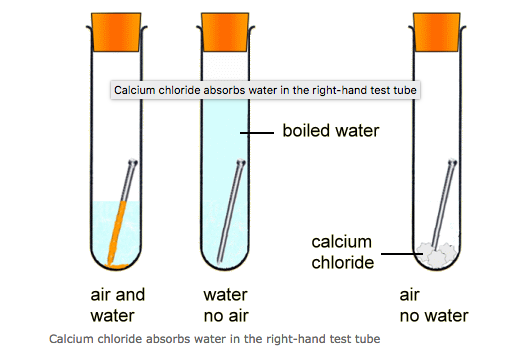 "Cold" plastic is applied to the surface using a conventional construction spatula. Plastic can be of different colors, so the design can also be matched to the design of the facade of the house or porch.
"Cold" plastic is applied to the surface using a conventional construction spatula. Plastic can be of different colors, so the design can also be matched to the design of the facade of the house or porch.
- Shursteps - rubber inserts that are installed on the corners of stairs. An icy staircase is one of the most traumatic places in winter. Shursteps are usually made of frost-resistant rubber that clears itself of ice when stepped on.
The best way to deal with ice on the site is to use a set of measures. There are no universal anti-icing reagents, therefore, for certain areas on the site, it is best to choose the optimal mixtures. If there are children or pets in the house, then it is better to refrain from products that are aggressive for the skin (calcium chloride). At low temperatures, when chemicals lose their effectiveness, it is best to use abrasive mixtures (marble or granite chips).
Scrapers, spreaders and shovels may be useful as an aid to breaking ice. To reduce the sliding of surfaces, you can use a variety of safe non-slip coatings for walkways, verandas and stairs.
To reduce the sliding of surfaces, you can use a variety of safe non-slip coatings for walkways, verandas and stairs.
Winter is a dangerous period for drivers and pedestrians: the long-awaited first snow quickly turns into a slippery ice crust on the roadway and sidewalks. The result is a seasonal increase in road traffic accidents, an increased likelihood of people falling and related injuries. City utilities have been struggling with street icing for many years, but the optimal de-icing agent - calcium chloride - was found about a decade ago.
With the development of transport networks, countries with a cold climate are constantly looking for effective methods to deal with ice. Initially, natural means were used for these purposes - sand, crushed stone and other materials with high abrasive properties. Then the chemical industry came up with the first anti-icing chemical, commercial salt. It was used both in its pure form and together with sand. It should be noted that this method of removing ice requires a minimum of financial costs and has high efficiency, but in the long run it does a lot of harm. Sand disrupts moving parts of cars and litters the streets. Salt spoils tires, causes corrosion of body parts of transport and urban communications, destroys the shoes of passers-by, worsens the condition of soils.
To eliminate negative factors, the composition of de-icing agents of the first generations was constantly changing by adding various additives and modifiers.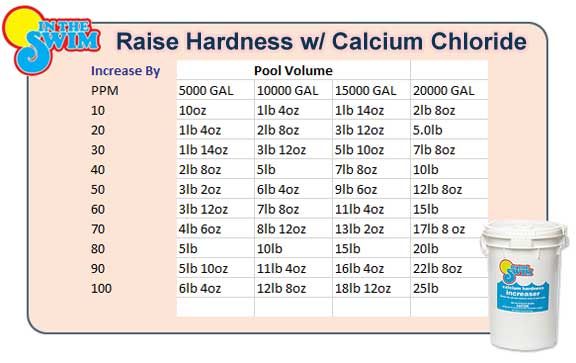 As a result, technical salt was replaced by chlorides - substances with a similar principle of action, but environmentally safer. Today, the most popular anti-icing agent is calcium chloride (liquid, powder and granular). This chemical instantly melts ice, retains its beneficial effect at extremely low temperatures (down to -35°C), does not harm the technosphere and the natural environment.
As a result, technical salt was replaced by chlorides - substances with a similar principle of action, but environmentally safer. Today, the most popular anti-icing agent is calcium chloride (liquid, powder and granular). This chemical instantly melts ice, retains its beneficial effect at extremely low temperatures (down to -35°C), does not harm the technosphere and the natural environment.
Calcium chloride (CaCl2) de-icing agent is highly hygroscopic and easily soluble in water. When applied to a snowy or icy surface, the substance instantly absorbs moisture from the air and reacts to interaction with water by releasing heat. Then the "chain reaction" begins - the heat melts the ice, the melt water reacts with the brine, releasing even more heat along the way.
Typically, utilities use the material in liquid and granular form. Ready-made solutions do an excellent job with ice, crust and freshly fallen snow, but require special conditions for storage and transportation. Anti-icing agent calcium chloride in granules is devoid of these shortcomings. The material is supplied in bags that are easy to ship and transport. In addition, the container does not allow the chemical to come into contact with the environment and absorb air moisture.
Anti-icing agent calcium chloride in granules is devoid of these shortcomings. The material is supplied in bags that are easy to ship and transport. In addition, the container does not allow the chemical to come into contact with the environment and absorb air moisture.
The main advantages of calcium chloride as an anti-icing material include:
The use of de-icing agents based on calcium chloride required the development of the corresponding sector of the chemical industry.